VAC-U-MAX is a premier custom pneumatic conveyors manufacturer of support equipment for conveying, batching and weighing materials. With our system your company’s product can move gently and quickly from point to point, with nothing in the way to impede the efficiency of its movement. Contact VAC-U-MAX today so they can find the perfect product for you.
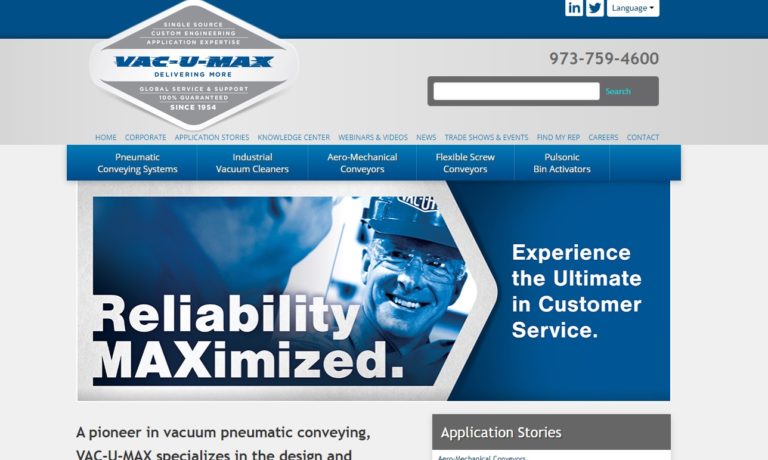
Spiroflow Systems has more than 40 years of experience in the design, manufacture & installation of bulk material handling equipment & systems. Product innovation & a thorough understanding of customers’ needs & objectives keep Spiroflow at the forefront of the industry.
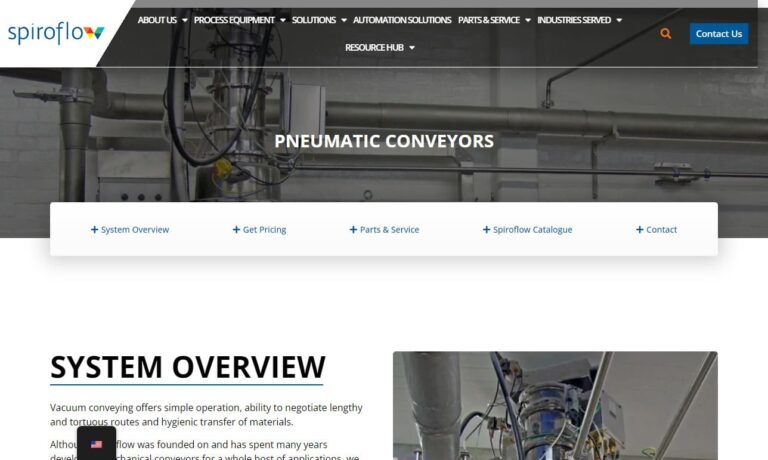
Volkmann designs and manufactures hygienic, explosion-proof pneumatic vacuum conveying systems to safely transfer powders, pellets, granules, tablets, and other bulk materials from one point in a process to another while safeguarding particle integrity. Proven worldwide in transferring foods, chemicals, pharmaceuticals, and more, the patented, automated conveyors eliminate the potential for...
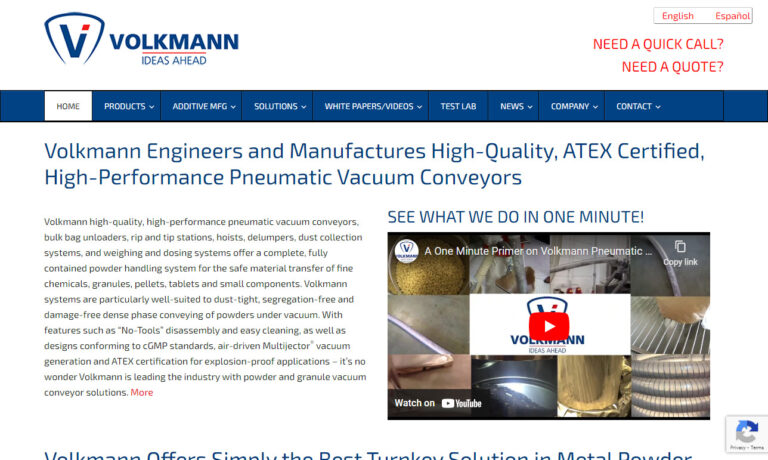
Dynamic Air custom designs and manufactures a complete line of pneumatic conveying systems for dry bulk granular materials. Dynamic Air offers 16 different pneumatic conveying concepts, utilizing both pressure and vacuum, for handling a wide variety of dry bulk solids to provide a conveying solution that fits the process perfectly. Each system has its own unique set of operating characteristics...
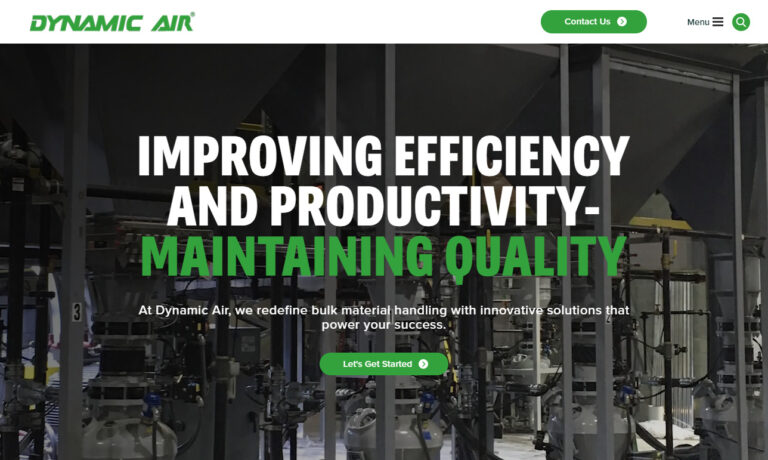
Since 1946, Whirl-Air-Flow has been a leader in design, fabrication and service. Our pneumatic conveyors transport powders and dry granulars to one or more destination points. Our products serve a range of industries and are able to move flowable material. We have our own testing facility and also we provide customers with field support and services. If you would like more information please give ...
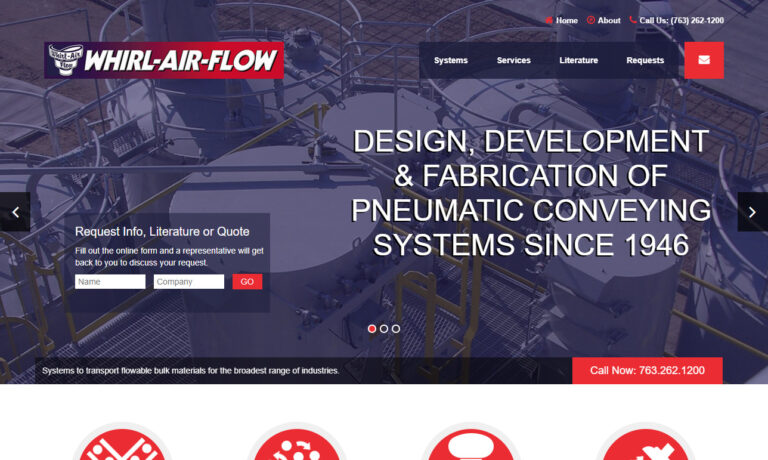
At ENTEK, we are a dynamic team of experts specializing in pneumatic conveyors, dedicated to providing innovative solutions that streamline material handling processes for a wide range of industries. With a proven track record of excellence and a commitment to customer satisfaction, we have established ourselves as a trusted partner for clients seeking efficient and reliable conveying solutions....
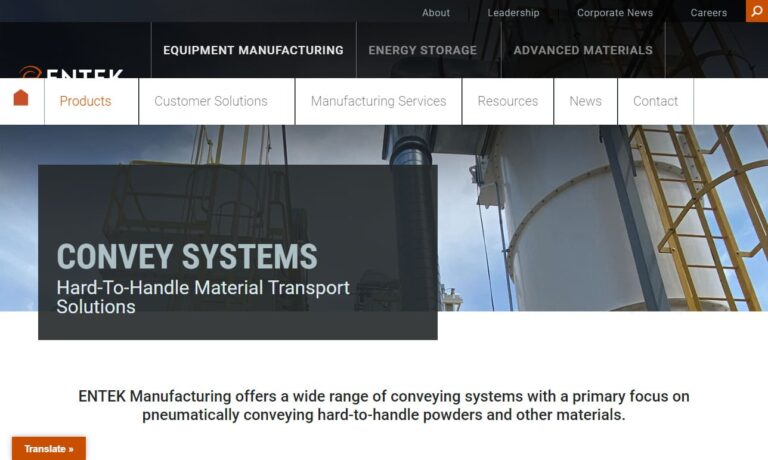
More Pneumatic Conveyor Manufacturers
Applications
Pneumatic conveyors excel in transporting small, dry objects such as granular materials, fine silica, and powdered substances. Examples include plastic pellets, talc, alumina, fly ash, coffee, seeds, grain, and flour. It’s important to note their unsuitability for slurries, cements, or liquids. These conveyors provide numerous industries with a contamination-free and secure method of material transportation, replacing less effective mechanical conveyors. Unlike mechanical conveyors, which use spinning rollers, vibrating plates, and moving belts to transport large objects, pneumatic conveyors ensure the safe and efficient movement of smaller materials.
Pneumatic conveyors find application across diverse industries, including food processing, pharmaceuticals, mineral extraction, and petrochemicals. They are integral to operations such as bulk bag unloading, railcar unloading, and handling food products.
History
In the early 1950s, pneumatics for conveying were first documented in Germany when Gasterstadt pioneered experiments with 100-meter horizontal pipes, marking the inception of the pressure drop flow meter system. Building on this foundation, professors Rumpf and Barth from the Karlsruhe Institute of Technology (formerly Karlsruhe University) further advanced the technology in the following decade. Concurrently, at Nagoya University in Japan, a student group tackled the challenge of solid material conveying across multiple levels, yielding significant innovations that influenced pneumatic conveying systems during and beyond their academic careers.
Meanwhile, across the Atlantic in the USA, several major players in the energy generation sector, alongside others, dedicated considerable resources to advancing pneumatic conveying systems. Their collaboration with researchers from Cambridge University led to the emergence of two principal methodologies in pneumatic conveying: dilute phase and dense phase. These methods continue to be integral in industrial applications today.
How It Works
Pneumatic conveyors harness a blend of air or gas flow alongside pressure differentials to propel powdered and dry bulk materials through their systems. This negative pressure compels materials to move within the pipes, driven by the positive pressure within the equipment.
Pneumatic conveyors operate within a sealed pipe, devoid of the conventional rubber conveyor belt. This design aims to contain fine powdered materials, preventing their escape into the surrounding environment and avoiding the potential entanglement within the belt’s mechanical components.
Types
Pneumatic conveyors generally fall into two primary categories based on their conveying speeds and pressure: dilute phase conveyors and dense phase conveyors. A lesser-known method, lean phase pneumatic conveying, also exists.
Dilute Phase Conveyor
In dilute phase conveyors, materials are transported effortlessly through a channel by suspending them in a stream of compressed air or vacuum. This method prevents them from sticking to surfaces, allowing seamless flow from source to destination over considerable distances. These dilute phase conveyors excel in transporting materials over long distances, utilizing high pressure to maintain efficient operation.
Dense Phase Conveyor
Dense phase conveyors excel at transporting larger materials without relying on vacuum or compressed air mechanisms. Instead of agitating and suspending objects, they smoothly slide along the bottom of the conveyance channel. This type of conveyor is ideal for handling abrasive or delicate materials. The design and setup of a pneumatic conveyor system are crucially influenced by its intended operation and the specific properties of the materials it will handle.
Lean Phase Conveyor
During lean-phase conveying, the conveyors operate under low pressure. Lean-phase conveyors prove highly effective for transporting a diverse array of materials and can be seamlessly integrated with both vacuum and pressure conveying systems.
Among these three classifications lie numerous other types of pneumatic conveyors, including pressure conveyors, conveyors specialized for food handling, mobile conveyors, and vacuum conveyors.
Pressure Conveyor
This conveyor type operates as a self-contained pressure vessel system, adaptable for standalone use or integration into existing equipment. It excels in handling highly abrasive bulk materials and large capacities.
Food Handling Conveyor
Food handling conveyors are meticulously engineered to comply with rigorous food industry standards. Thorough cleaning is essential to prevent cross-contamination. These conveyors are primarily used to transport various food products such as formulas, powders, beans, and nuts.
Mobile Conveyor
These mobile pneumatic conveyors come with casters for easy maneuverability within a workspace, allowing them to be swiftly relocated to discharge points as required. They efficiently transport materials from feed bins, containers, or pickup adapters positioned beneath process vessels or bins. Ideal for dynamic environments such as grain collection, these conveyors facilitate frequent equipment repositioning with ease.
Vacuum Conveyor
Vacuum conveyors harness the power of compressed air-driven vacuum pumps to transport materials efficiently. These systems operate automatically, equipped to halt and discharge from the base upon reaching capacity. With pneumatic suction capabilities extending over 300 feet, they facilitate seamless material transfer. Ideal for consolidating materials from various origins to a singular endpoint, vacuum conveyors are indispensable in environments demanding delicate handling. They mitigate risks such as sparking, mechanical disruptions, and contamination, ensuring smooth and secure material movement.
Equipment Components
Pneumatic conveyors are composed of several essential components. These include a feed system, a conveyor line (also known as a conduct line), gaseous flow equipment (such as an air mover), and solid gas separation equipment. The feed system introduces solid materials into the gaseous stream, preventing the gas from entering storage systems. The conveyor line transports these materials through the system. Solid gas separation equipment, such as centrifugal separators, jet filters, or bags, effectively separate solids from the gas stream. The gaseous flow equipment, often a stainless steel positive displacement blower, facilitates the movement of air through the system. Additional components commonly found in pneumatic conveyors include dust collection systems, chutes, diverter valves, rotary valves, bin vent filters, end receivers, and termination vessels.
Benefits
If you’re moving dry bulk material, pneumatic conveyors offer distinct advantages over alternatives like tubular drag and flexible screw conveyors. Firstly, without components like rubber belts, they create a safer environment, preventing product damage or loss. Secondly, they minimize product leakage, crucial for handling volatile or hazardous materials in industrial settings. Additionally, pneumatic conveyors enhance sanitation standards. In contrast, mechanical conveyance systems pose risks such as spillage, scattering, or dispersion of smaller objects. On the contrary, employing a mechanical conveyor system can expose smaller objects to the dangers of spillage, scattering, or dispersion. Such dispersion poses significant risks, particularly in sectors like food processing and pharmaceuticals, which adhere strictly to health and safety regulations across all operations. Lastly, pneumatic conveyors offer a diverse array of models and configurations tailored to meet the diverse needs of multiple industries.
Design and Customization
When manufacturers design or customize a pneumatic conveyor, they consider several critical factors. These include the distance over which materials will be conveyed, the type of material being transported, its bulk density, and other relevant material characteristics. These factors play a crucial role in determining specific design elements such as the size of the air mover, the volume of compressed air required, power requirements, and the overall dimensions of the pneumatic system.
Pneumatic conveying systems offer flexible customization and straightforward installation. Manufacturers prioritize robust structural design, ensuring peak efficiency tailored to your specific environment. For instance, they engineer systems capable of navigating complex corners, spanning multiple floor levels, and connecting different buildings seamlessly.
Safety and Compliance Standards
Pneumatic conveyors, like all industrial equipment, must be initially constructed to comply with OSHA standards, which are designed to ensure the safety of employees. Other essential safety and compliance standards for your equipment, depending on your location, include: ASME B20.1-2015 (provides comprehensive guidelines for the design, construction, installation, operation, and maintenance of conveyors and related equipment in both public and private sectors), ISO 7149:1982 (specifies special safety regulations for equipment), BS EN 1366-7:2004 (British standard outlining fire resistance tests for service installations of conveyor systems and closures; also available in DIN, ON, or SS formats), BS EN 620:2002+A1:2010 (British standards for safety and EMI shielding requirements for continuous handling equipment and systems handling bulk materials), BS EN 618:2002+A1:2010 (British standards for safety and EMI shielding requirements for continuous material handling equipment and systems, excluding belt conveyors), and general ANSI standards for additional guidance.
If you’re involved in the food and beverage, medical/pharmaceutical, or military industries, it’s crucial to adhere to specific standards. For detailed guidance on these necessary standards, consider consulting with a recognized leader in your respective industry.
Things to Consider
Selecting the right conveyor for your goods can feel like navigating a maze. That’s why we advocate partnering with seasoned experts who can seamlessly guide you to the optimal system. To simplify your search, we’ve curated a list of top-tier pneumatic conveyor manufacturers and suppliers renowned for their reliability. You’ll find their profiles and website links strategically placed throughout this page, ensuring easy access to detailed information. To discover your ideal match, follow these steps: 1. Compile a detailed list of your specifications, requirements, and inquiries. 2. Utilize this information to thoroughly examine the profiles of each company listed here. Identify which manufacturers provide the specific services you seek. 3. Compile a list of three or four manufacturers you’re eager to engage with. 4. Contact each manufacturer and thoroughly review your list with them. Pay close attention to their lead times, pricing, delivery options, additional services (like testing), and their overall demeanor. 5. Compare and contrast their responses. Your aim is to identify a manufacturer who is not only willing but also capable of delivering the finest product. Seek out the manufacturer in whom you have the utmost confidence. Once you’ve pinpointed the conveyor company that fits the bill, reconnect with them to kick off the process.

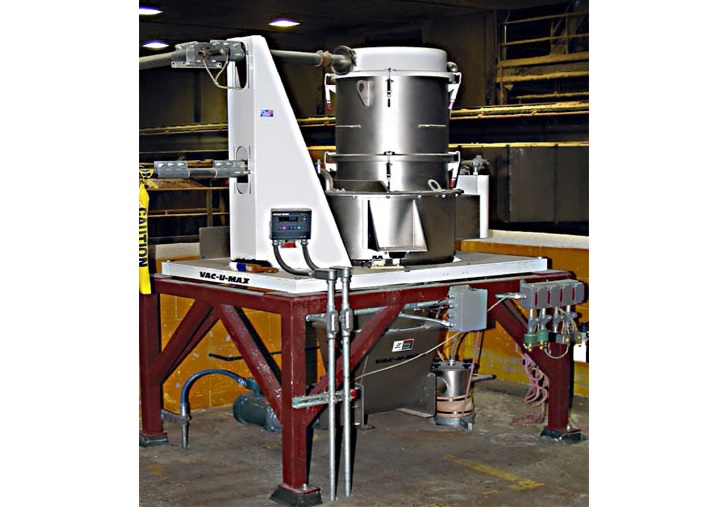
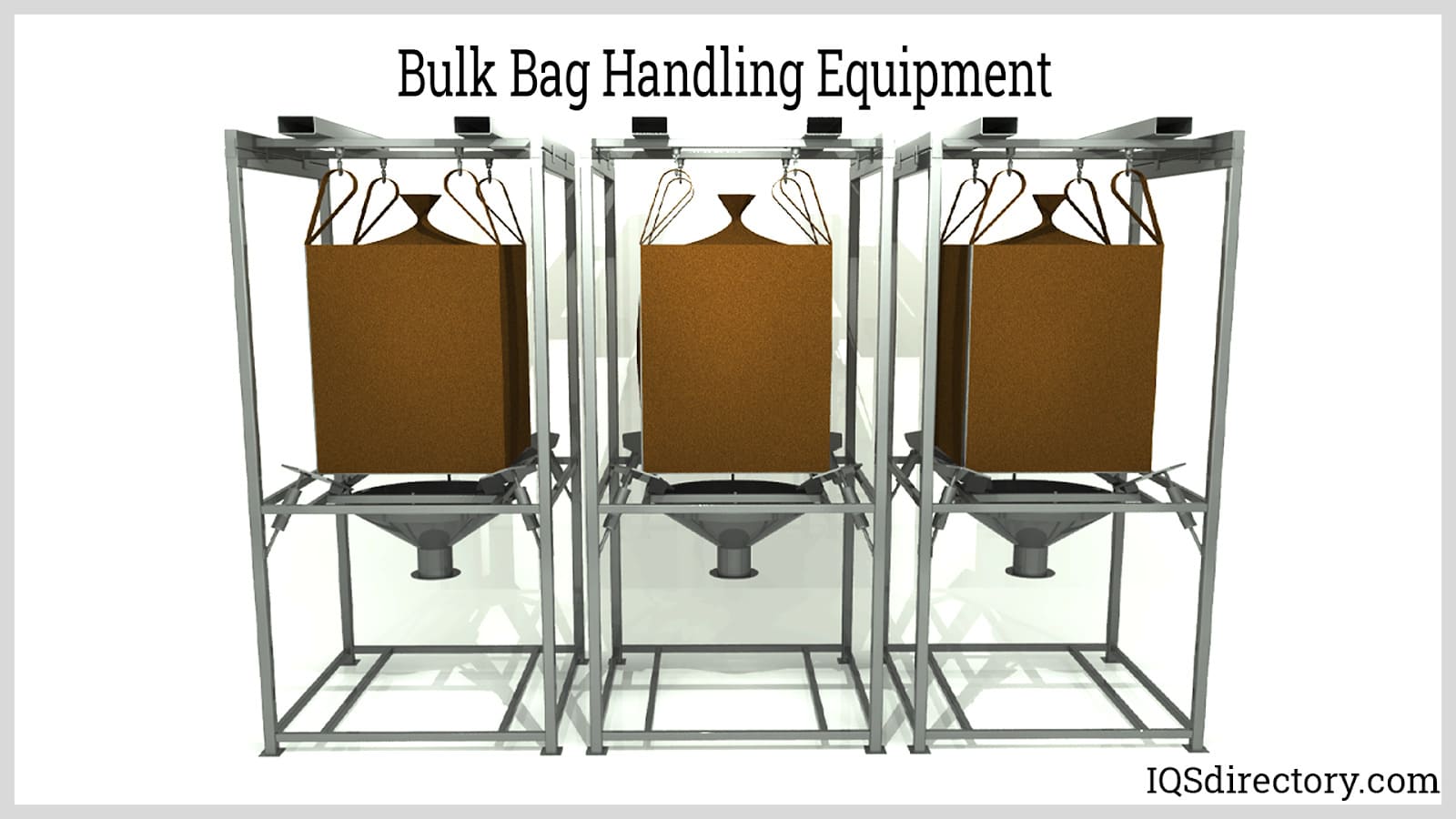
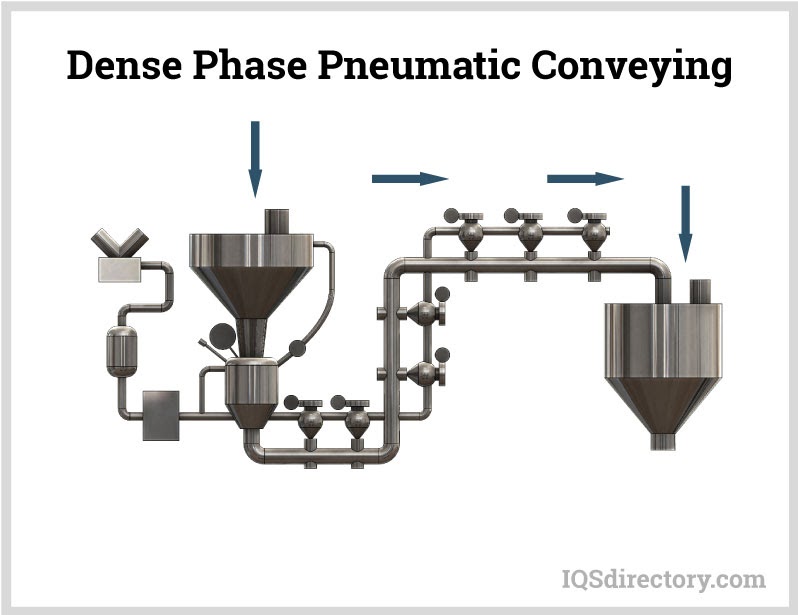
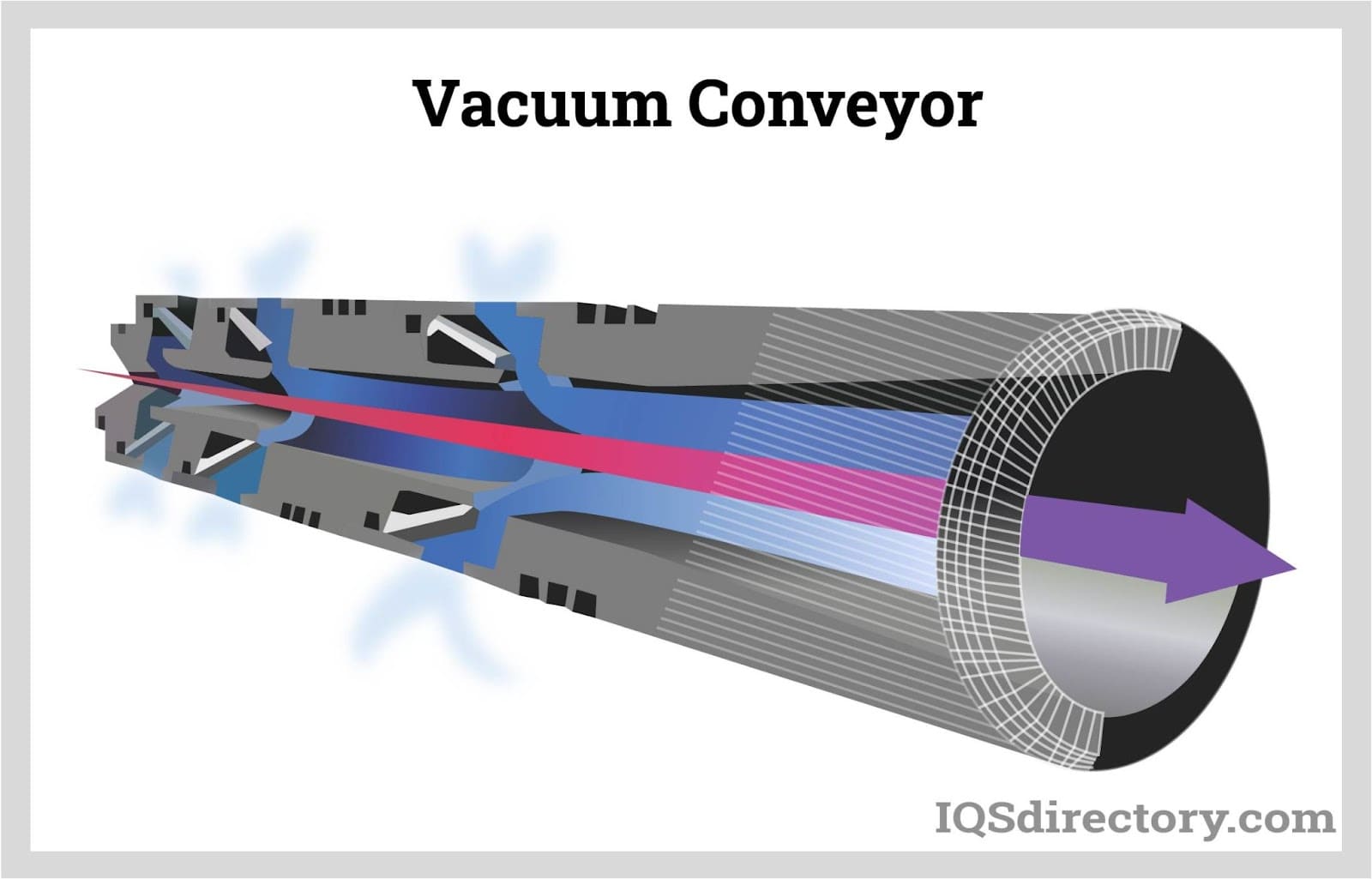
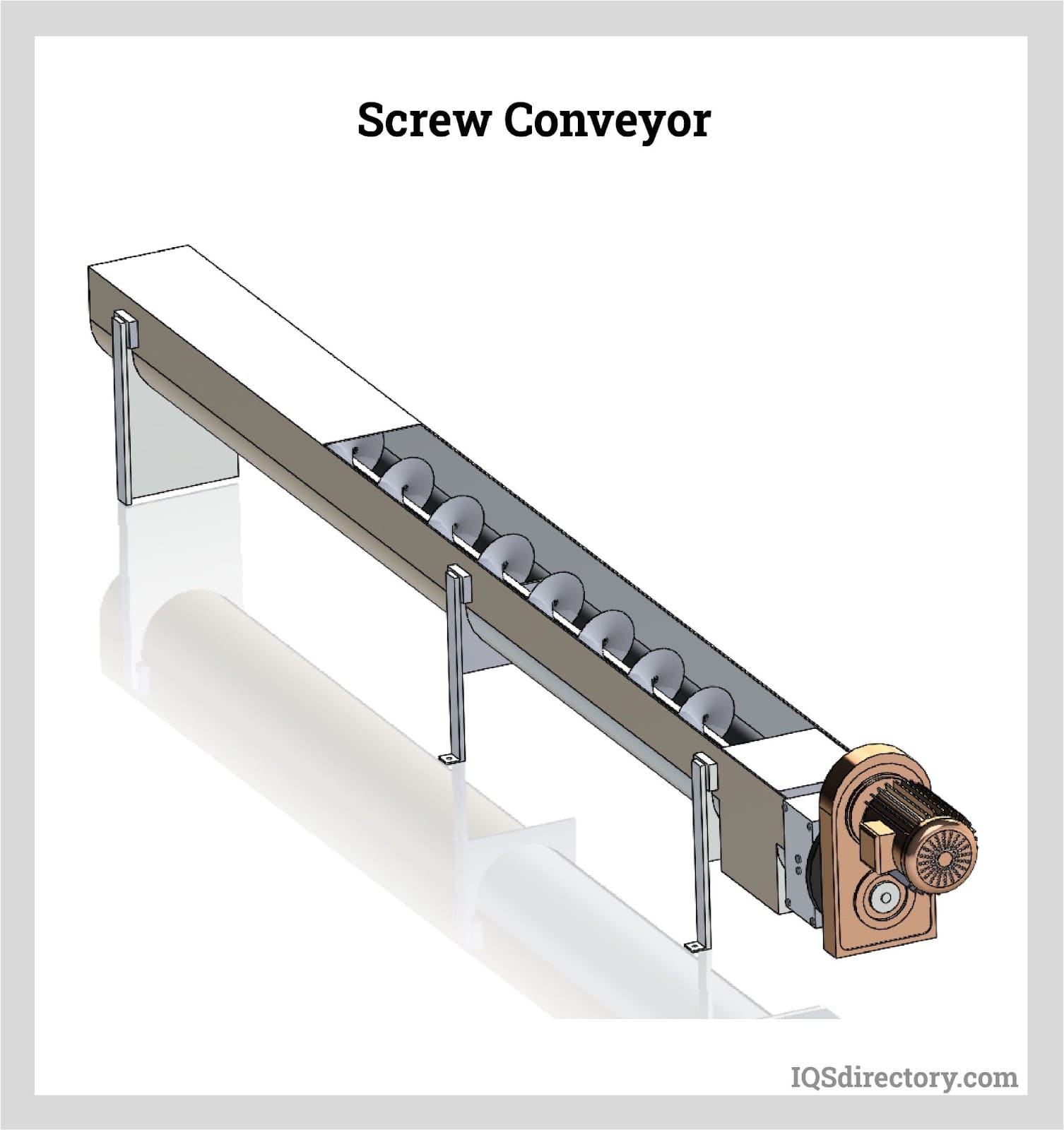
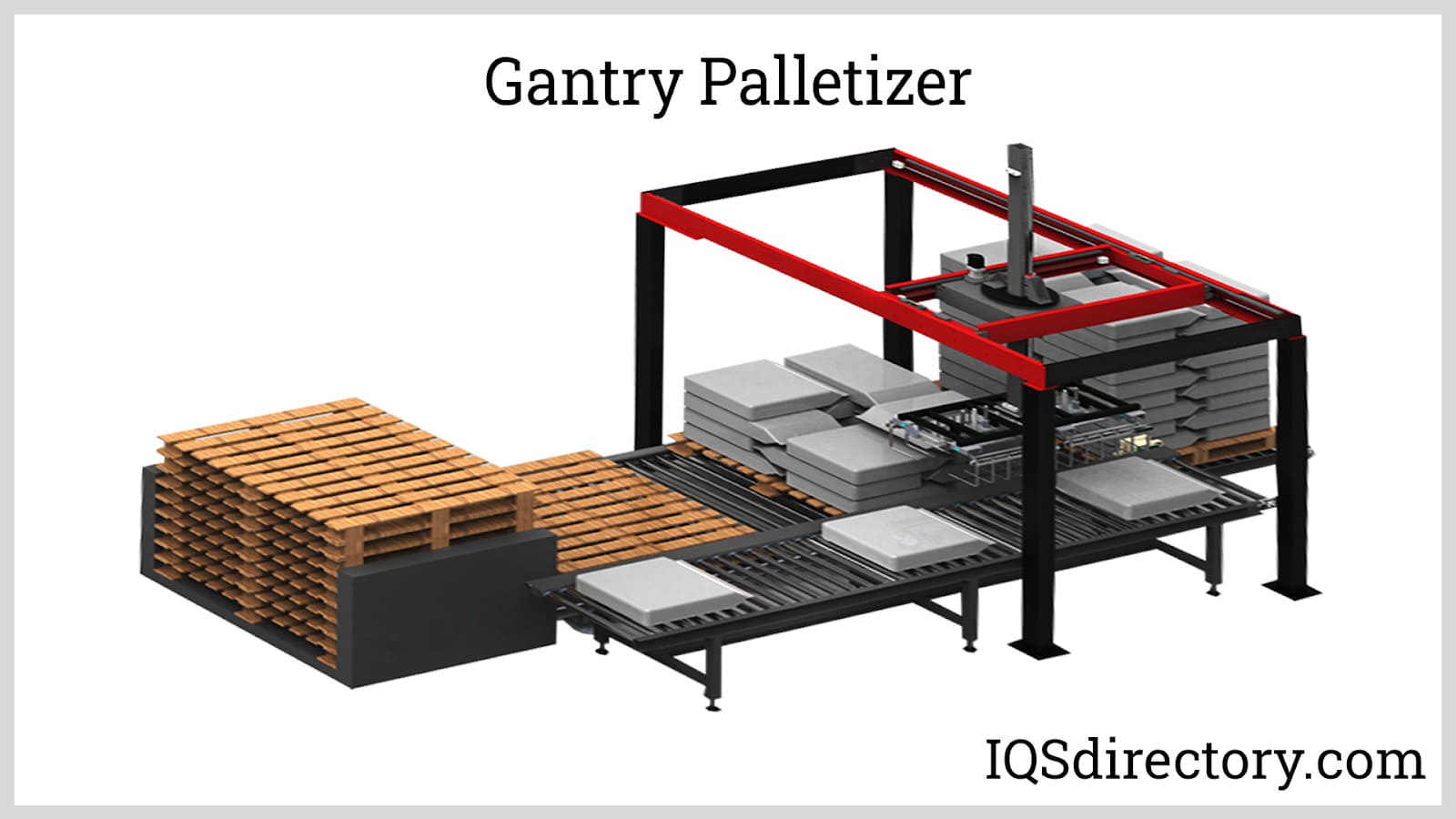

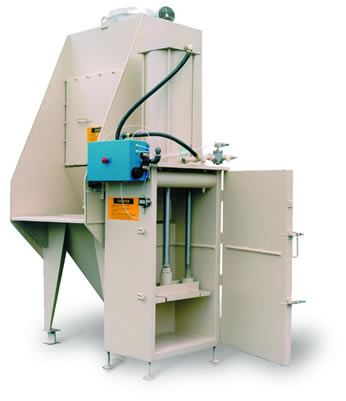 Bulk Bag Handling
Bulk Bag Handling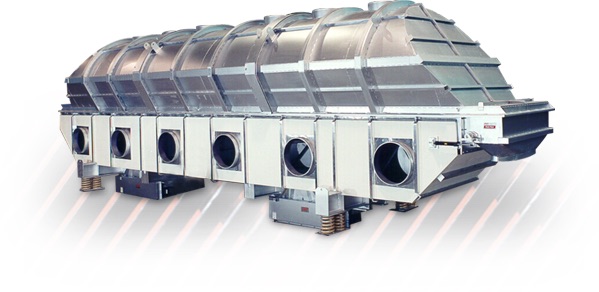 Industrial Dryers
Industrial Dryers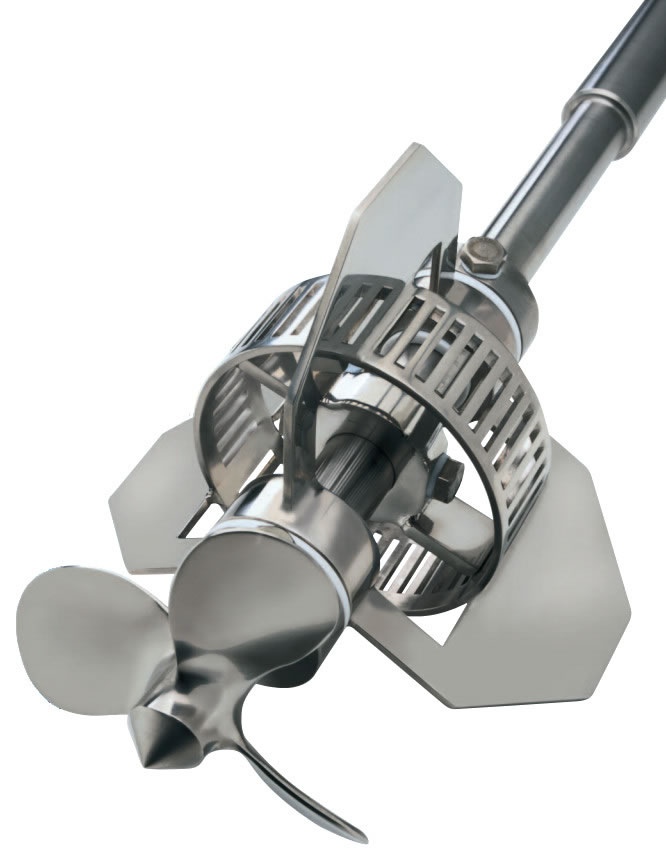 Mixers & Blenders
Mixers & Blenders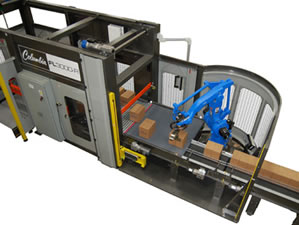 Palletizers
Palletizers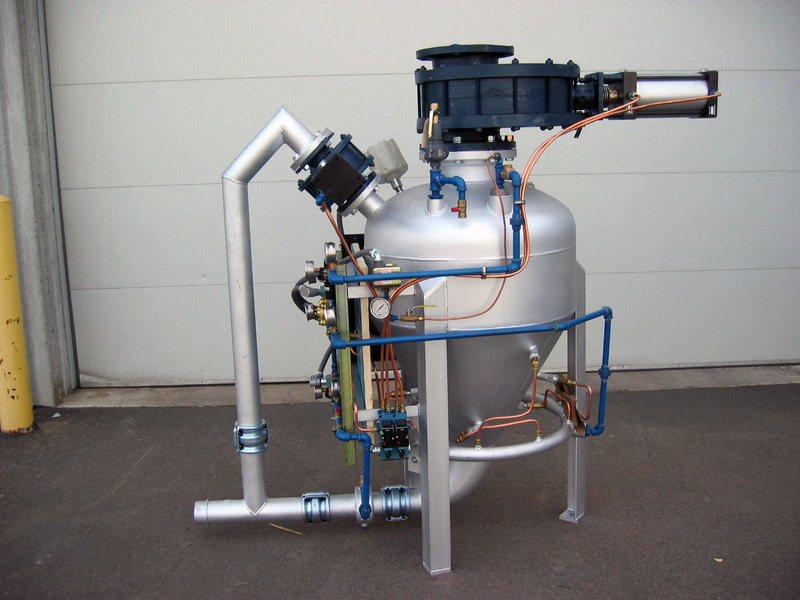 Pneumatic Conveyors
Pneumatic Conveyors Screw Conveyors
Screw Conveyors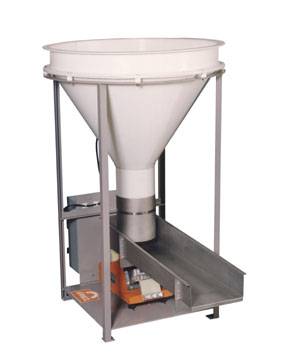 Vibratory Feeders
Vibratory Feeders Weighing Systems & Scales
Weighing Systems & Scales Castings & Forgings
Castings & Forgings Bulk Material Handling
Bulk Material Handling Electrical & Electronic Components
Electrical & Electronic Components Flow Instrumentation
Flow Instrumentation Hardware
Hardware Material Handling Equipment
Material Handling Equipment Metal Cutting Services
Metal Cutting Services Metal Forming Services
Metal Forming Services Metal Suppliers
Metal Suppliers Motion Control Products
Motion Control Products Plant & Facility Equipment
Plant & Facility Equipment Plant & Facility Supplies
Plant & Facility Supplies Plastic Molding Processes
Plastic Molding Processes Pumps & Valves
Pumps & Valves Recycling Equipment
Recycling Equipment Rubber Products & Services
Rubber Products & Services